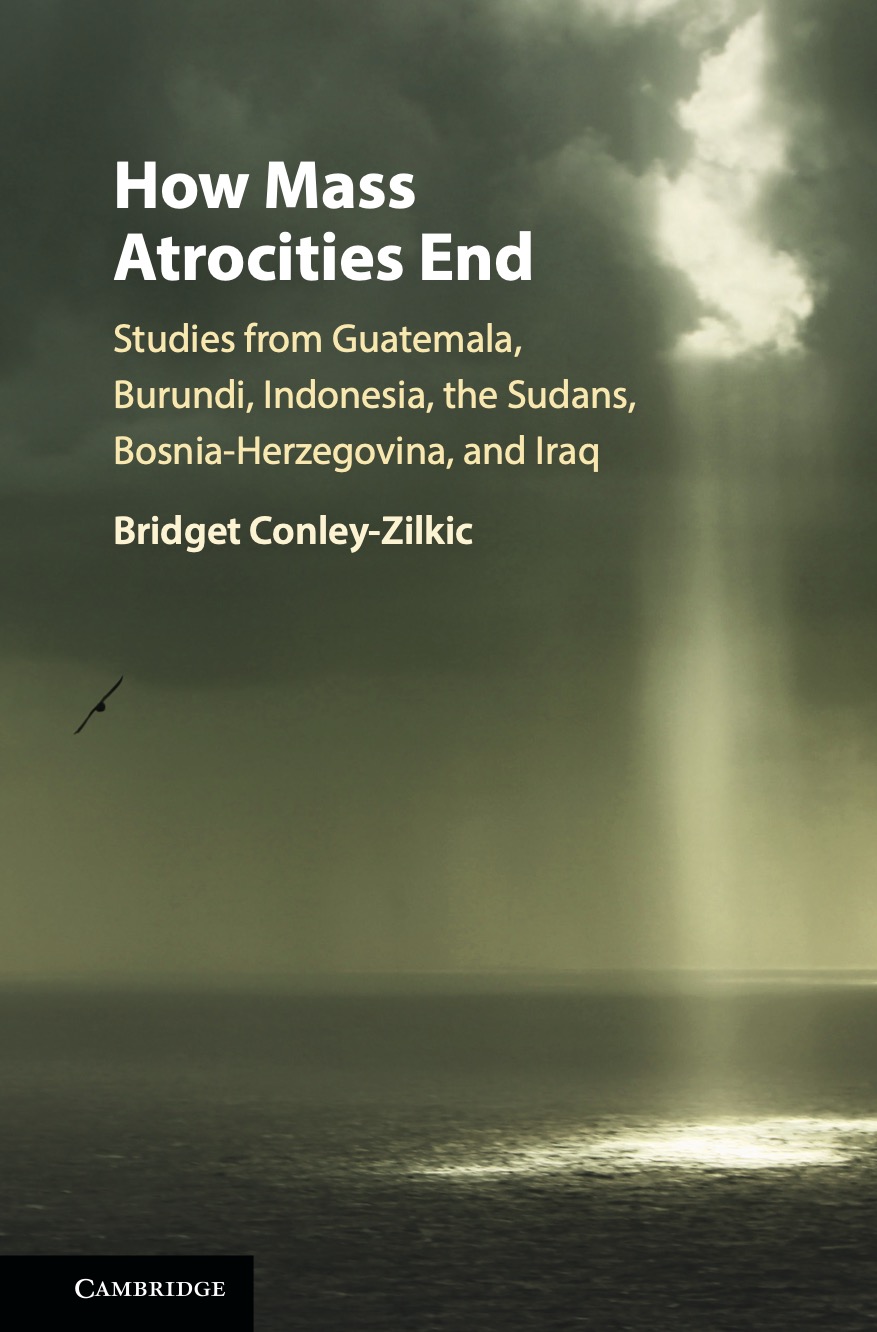Beginning in the 2000s a new international consensus emerged regarding the need–both ethical and strategic–to prevent and halt genocide and mass atrocities. Armed with the insight that action need not be considered all or nothing, new energy was channeled into populating what became known as the “Anti-Atrocity toolbox,” that is, the set of discrete but universally applicable policy measures that could be implemented to effectively counter atrocities.
Attempting to specify these measures, policy analysts have over the past two decades stocked the “Anti-Atrocity Toolbox” with a wide range of diplomatic, economic, legal and military instruments. Policy
debates regarding the application and likely outcomes of these ‘tools’ have generally been driven by case studies. These are informative, but may lack generalizability or suffer from selection bias—that is, the tendency to only cite examples that bolster one’s argument. While scholars have begun examining the impact of these same major tools in cross-national statistical studies, their efforts are rarely incorporated into policy debates. This paper attempts to bridge this gap by reviewing the recent social science literature on the effectiveness of policy measures frequently include in the anti-atrocity toolbox.
This paper reviews emerging areas of research consensus and highlights ongoing disagreements and gaps in knowledge concerning the efficacy of diplomatic, economic, legal, and military tools for atrocity prevention and response.
